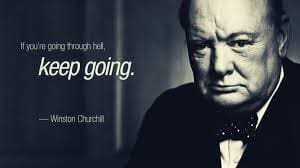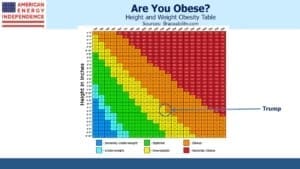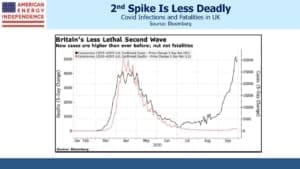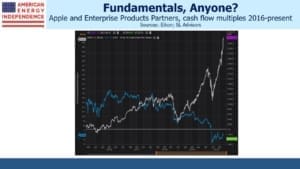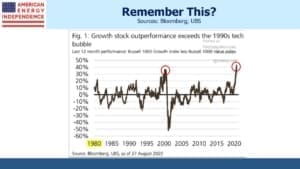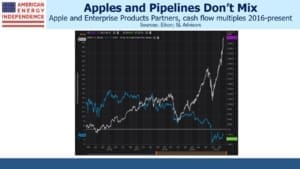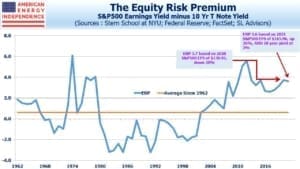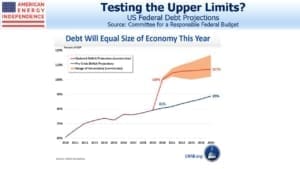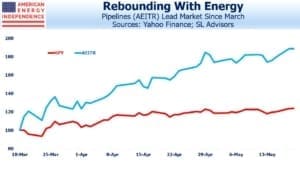Of Christmas Lights And Ladders

Christmas is a time of traditions, which in turn create nostalgia. Like endorphins, this is a free and harmless narcotic.
Putting up the external Christmas lights, which we typically do right after Thanksgiving, usefully expends a few calories and kicks off that warm Yuletide feeling. Hunting through dusty boxes in the chilly attic for last year’s lights inevitably evokes Clark Griswold. It reminds me not to get locked up there.
Draping colored lights over the bushes near our front door easily adds Christmas cheer.
I’m especially pleased by the wreath, which hangs fifteen feet up above the front door over a window. Its positioning may not look especially challenging, but my first attempt required considerable planning. The stone façade ruled out hammering a nail into the wall. I spotted a hook twenty five feet up near the roof that originally supported a window awning nearly a century ago. I concluded the wreath needed to hang from there.
I devised specialized equipment, including a long pole repurposed from changing light bulbs too high to reach. I had to ascend most of the way up a twelve foot ladder, then use the pole to snag a looped piece of wire onto the hook.
Still poised unsteadily on the ladder, I then threaded the wire through the wreath. It was finally secured by reaching out to it through an upstairs window. I have been performing this feat annually ever since. My younger daughter holds the ladder and offers moral support, so between us we project a visible expression of Christmas with no other assistance.
Over the years I have drawn some pride from solving this installation problem. Most of my accomplishments at home maintenance involve writing a check to someone more skilled than me at resolving the issue at hand. This annual demonstration of practical competence provides modest satisfaction.
I don’t just keep the house running by changing lightbulbs.
We live in a neighborhood where it’s becoming increasingly common to have the Christmas lights hung professionally. Landscaping contractors are finding it a useful sideline during the offseason. Snow removal, which some of them also provide, has been unprofitable in New Jersey for the past couple of years. Blame global warming.
A crew of six armed with long ladders and a staple gun can quickly transform a suburban home into a light extravaganza. Illuminations are effortlessly strung at heights I’d rather not scale. The entire house glows Christmas cheer.
I am a big fan of progress, but I find this trend towards commercial light installations a disappointment.
I never considered our lights to be in a competition. We’re doing our bit to show ’tis the season to be jolly, to spread comfort and joy. But I must confess to a slight feeling of inadequacy as I drive back home past displays that wouldn’t look out of place adorning a hotel or in the Magic Kingdom. That I invested greater personal effort seems rather foolish when considering the results. The others put in less work. And less love. They just wrote a check.
Nonetheless, I am not about to join the crowd and outsource the Christmas lights. Next year I’ll just have to create a more extensive display without climbing on the roof. The neighboring houses offer plenty of inspiration.
The result will still be less than others nearby. But it’ll be my own work, and infinitely more satisfying as a result.
I hope this anecdote made you smile and boosted your festive spirit. Normal market commentary will resume on Wednesday.
Merry Christmas or, if it’s more appropriate, Happy Holidays.




